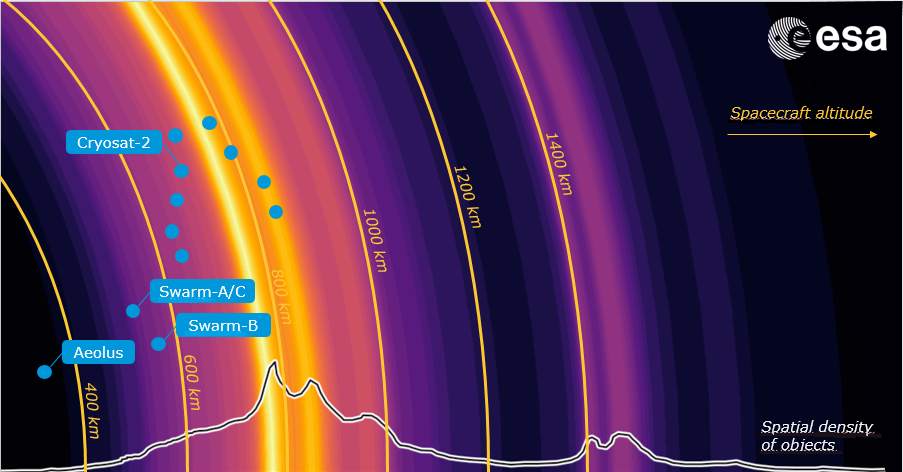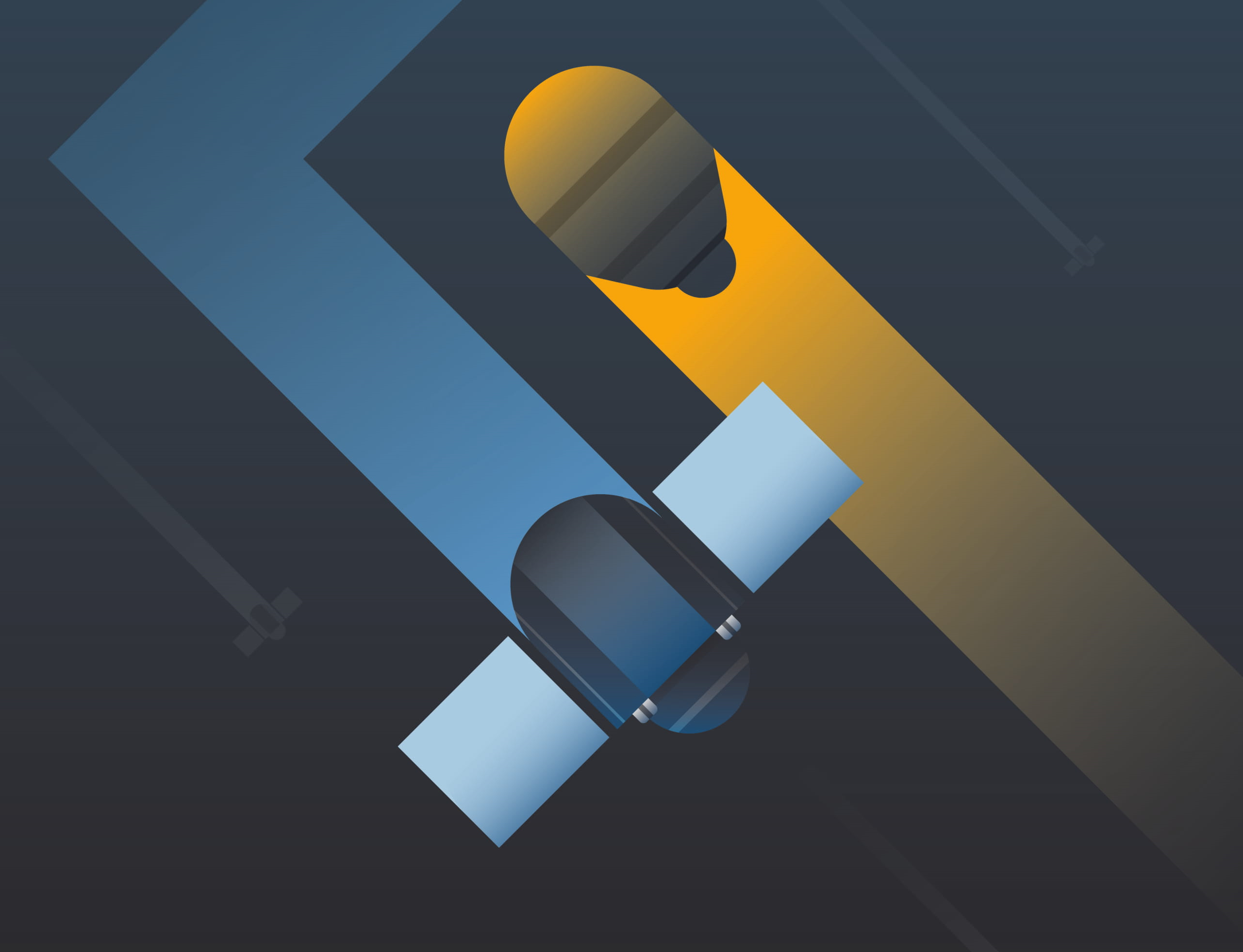Timeline
Oct. 16, 2019, 7:51 p.m. UTC
Dec. 16, 2019, 2:35 p.m. UTC
Challenge
 As of estimations done in January 2019, more than 34,000 objects with a size larger than 10cm are orbiting our planet. Of these, 22,300 are tracked by the Space Surveillance Network and their position released in the form of a globally shared catalogue.
As of estimations done in January 2019, more than 34,000 objects with a size larger than 10cm are orbiting our planet. Of these, 22,300 are tracked by the Space Surveillance Network and their position released in the form of a globally shared catalogue.
ESA's Space Debris Office supports collision avoidance activities covering the ESA missions Aeolus, Cryosat-2 and the constellation of Swarm-A/B/C in low-Earth orbit and Cluster-II in highly eccentric orbit approaching the Geostationary (GEO) region. On top of these, more than a dozen spacecraft of partner agencies and commercial operators are supported.
In the context of this activity, the orbits of these satellites are propagated and when a close approach with any object in the catalogue is detected a Conjunction Data Message (CDM) is assembled and released. Each CDM contains multiple attributes about the approach, such as the identity of the satellite in question, the object type of the potential collider, the time of closest approach (TCA), the uncertainty (i.e. covariances), etc. It also contains a self-reported risk, which is computed using some of the attributes from the CDM. In the days following the first CDM, as the uncertainties of the objects positions become smaller, other CDMs are released refining the knowledge acquired on the close encounter.
Typically, a time series of CDMs covering one week is released for each unique close approach, with about 3 CDMs becoming available per day. For a given close approach the last obtained CDM, including the computed risk, can be assumed to be the best knowledge we have about the potential collision and the state of the two objects in question. In most cases, the Space Debris Office will alarm control teams and start thinking about a potential avoidance manoeuvre 2 days prior to the close approach in order to avoid the risk of collision, to then make a final decision 1 day prior. In this challenge, we ask to build a model that makes use of the CDMs recorded up to 2 days prior to the closest approach to predict the final risk (i.e. the risk predicted in the last available CDM prior to close approach).
More about the dataset used in this competition and the attributes contained in the various CDMs can be found in the data section. You can also learn some more about the current way ESA's Space Debris office deals with collision avoidance manoeuvres reading this paper.
We thank the US Space Surveillance Network for the provision of surveillance data supporting safe operations of ESA’s spacecraft. Specifically, we are grateful to the agreement which allows to publicly release the dataset for the purpose of this competition.
